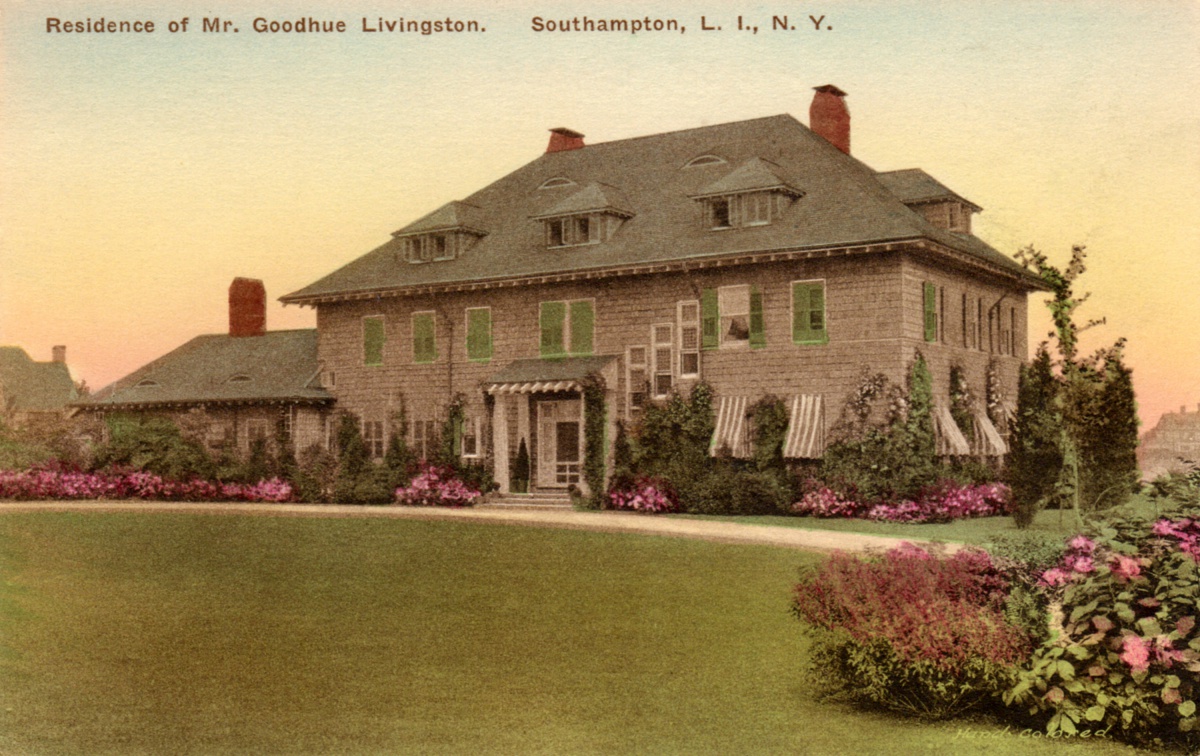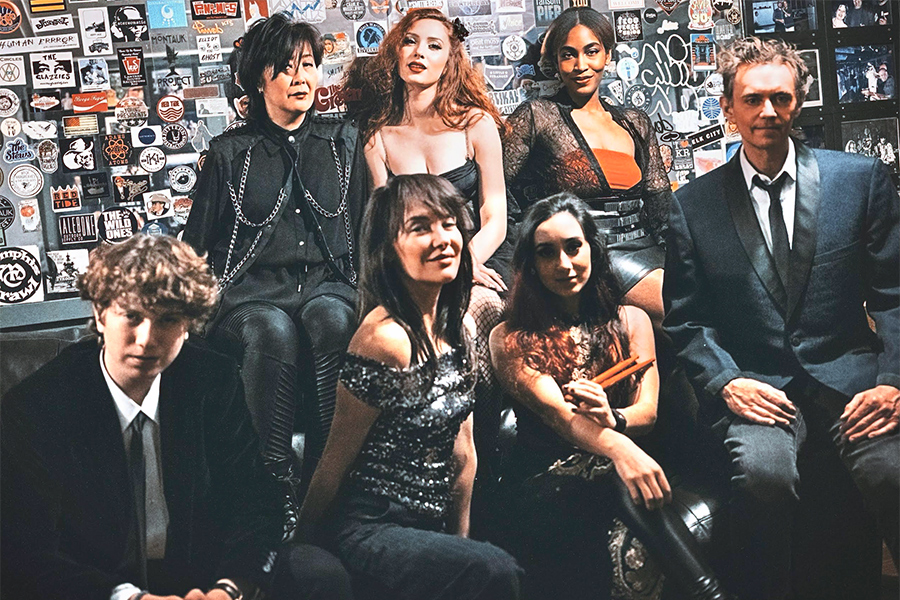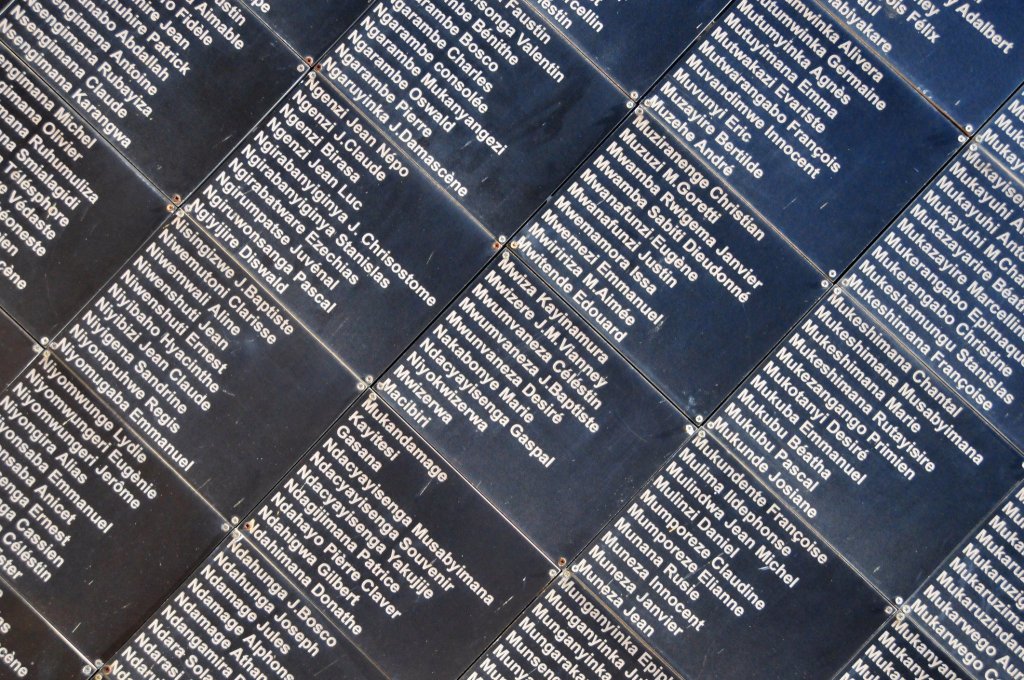Old Trees, Southampton: A Hamptons Social Powerhouse

The Hamptons in the “Gilded Age” (1880-1930) was a place where everybody knew each other, especially members of New York Society. This select group of people often called The 400, would venture out from New York City to escape the sweltering heat and unhealthy air. And just as Mrs. Astor, who was considered the “Queen” of New York Society had her following of friends who summered in Newport, The Hamptons had Louisa Robb Livingston.
Louisa Robb was born in 1877 to the socially prominent James Hampden Robb & Cornelia Van Rensselaer Thayer. In 1896, Louisa married Goodhue Livingston of the equally prominent Livingston family, the couple set up residence in New York and summered in Southampton. In 1912, Goodhue, an architect, now at the height of his career, bought a ten-acre lot that ran from First Neck Lane to the shore of Lake Agawam in Southampton. On the eastern part of the property that rose above the lake, he would build an impressive summer cottage that also commanded a view of the Ocean.
The house that Goodhue Livingston designed for himself and family was unique to the Hamptons. Many of the summer cottages of the day, were rambling shingle style structures, large Tudor mansions, or colonial revival incarnations. For his house, he chose a style that he was very familiar with and had done in the past with his architectural firm, Trowbridge & Livingston. The new house would be a Georgian Revival style, usually covered in brick, but Goodhue being a creative architect, decided to clad the house in shingles. The house was a large rectangular box with a large, high-pitched roof and two chimneys. Symmetry ruled, with the front façade divided up into equal parts and the entry to the house through a centered front porch supported by classical columns. The sides and the back also followed order and symmetry. The rear façade that faces the lake has two similarly columned loggias that rest upon a brick terrace. On the northern end was a service wing.
When one entered the house, the plan is a formal beaux-arts arrangement of rooms flowing off a long central hall. In the center rear facing the lake is the main drawing room. To the south is a wood paneled library and to the north a formal dining room. The second floor is divided up into master and guest rooms separated by a central corridor.
The house was furnished as one might expect in an old money style when money was no object but not meant to be shown off. Mrs. Livingston was especially proud of the portraits that decorated the walls. Many of them were of family members and early descendants. Mrs. Livingston did not need any John Singer Sargents, or Boldinis to show her place in society. According to Houses of the Hamptons 1880-1930, “Socially irreproachable, the Livingstons never even gave any thought to being in society since they had always been society.”

The estate included stables, garages, service buildings and perennial gardens. The grounds landscaped with many old trees from the previous owner gave the property a park-like appearance. The Livingstons named the estate Old Trees.
Mr. & Mrs. Livingston entertained grandly at their new summer home, and it was known that if Mrs. Livingston didn’t care for you, your chances of being accepted into Southampton society were unlikely. In a day when most society people didn’t talk to the press, Mrs. Livingston was a woman who always had something to say. She is cited in many books on Gilded Age society and has left behind many memorable quotes.
Mrs. Livingston once commented about the healthy air of Southampton, “Southampton has the strongest air in the world…It’s the suction, you know. You feel it the minute you leave Westhampton.”
The press had their own thoughts about Mrs. Livingston, as Barclay Beekman noted in his New York Daily Mirror column, Social Set: “Southampton’s First Lady, Mrs. Goodhue Livingston, returned yesterday from Newport where she and Mr. Livingston were guests of Mrs. Henry Walters during Tennis Week. Mrs. Livingston for years has been dictator here and passes on the qualifications of all social candidates. A kindly woman, she has helped several up the rocky grade. But never those who haven’t something more than money and ambition. Unlike most first ladies, Mrs. Livingston isn’t a joiner. She doesn’t even belong to the Colony Club, New York’s more exclusive organization for women. Being a Livingston, she believes her name is glory enough.”
The Livingstons spent their summers at Old Trees for almost 40 years. The next owners were the Shaheen family who lived there from 1960 to 2000. In 2000, the estate was sold, and the new owners did a total update and restoration of Old Trees. In 2008, the property was sold again and is now owned by hedge fund manager John Paulson. Old Trees is now over 100 years old, but if the Livingstons were able to visit today, they would see a property that has matured and adapted to the present, but has kept its venerable past.
Gary Lawrance is co-author of “Houses of the Hamptons 1880-1930” with Anne Surchin, and maintains a blog and popular Facebook group, Mansions of the Gilded Age.



